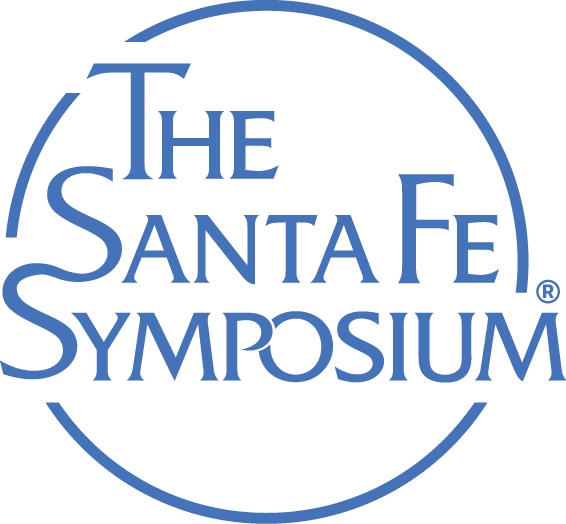Charles Lewton-Brain - Retired, Alberta College of Art & Design, Canada
Charles Lewton-Brain, a master goldsmith, was educated in Germany, Canada and the United States. His writing on research into compositional systems in metal working and its results have been published internationally. He invented and disseminated foldforming, a system of working sheet metal that was new to the field. Charles has been recognized globally for his art work and received Canada’s highest honor for craft, The Saidye Bronfman Governor Generals Award. He was one of the founders of the Canadian Craft Federation, Canada’s national organization, and served as president for over two years. He co-founded the Ganoksin Project in 1996, now the world’s largest educational website for jewelers. Author of nine books and hundreds of articles, Charles has taught hundreds of workshops internationally. He is a recipient of the Santa Fe Symposium® Ambassador Award. This is his sixth presentation at this event.

Chasing Tool Analysis: Function and Form
This paper describes and names the types of chasing and repoussé tools used historically and across different cultures and times to create complex patterned and figurative surfaces on sheet and solid metal objects. This has not been done to this depth in other published work. It addresses tool purposes, procedural approaches and results. It reviews basic hardening and tempering for making a chasing tool. Historical sources are reviewed and addressed. The paper also addresses how to identify the shape of a tool from the mark on the chased metalwork, allowing the identification of tool forms and types from historical work. The case will be made that chased surfaces have a place in current production model-making as they provide detailed decorative and relief surfaces that have the “human” touch.

